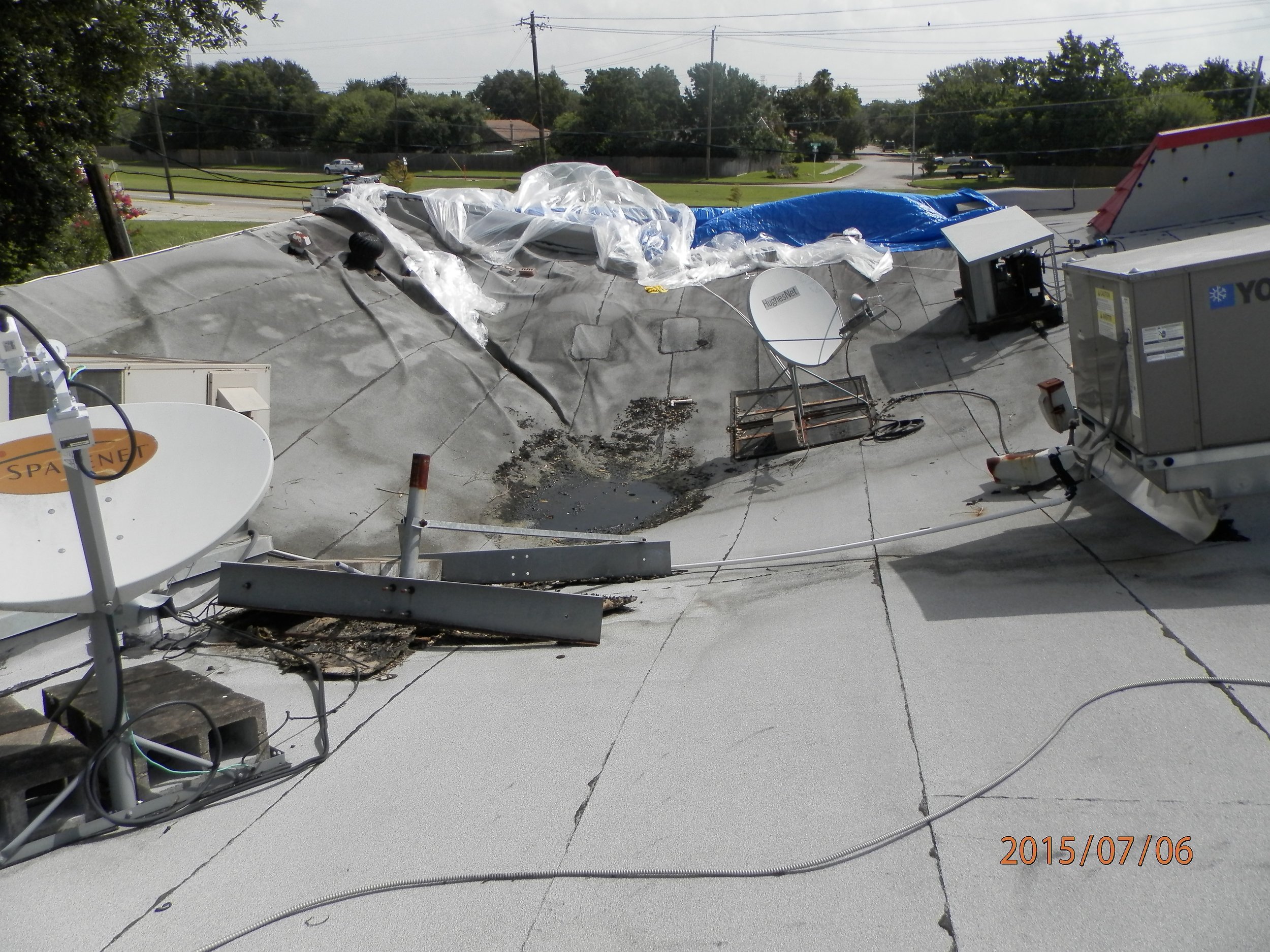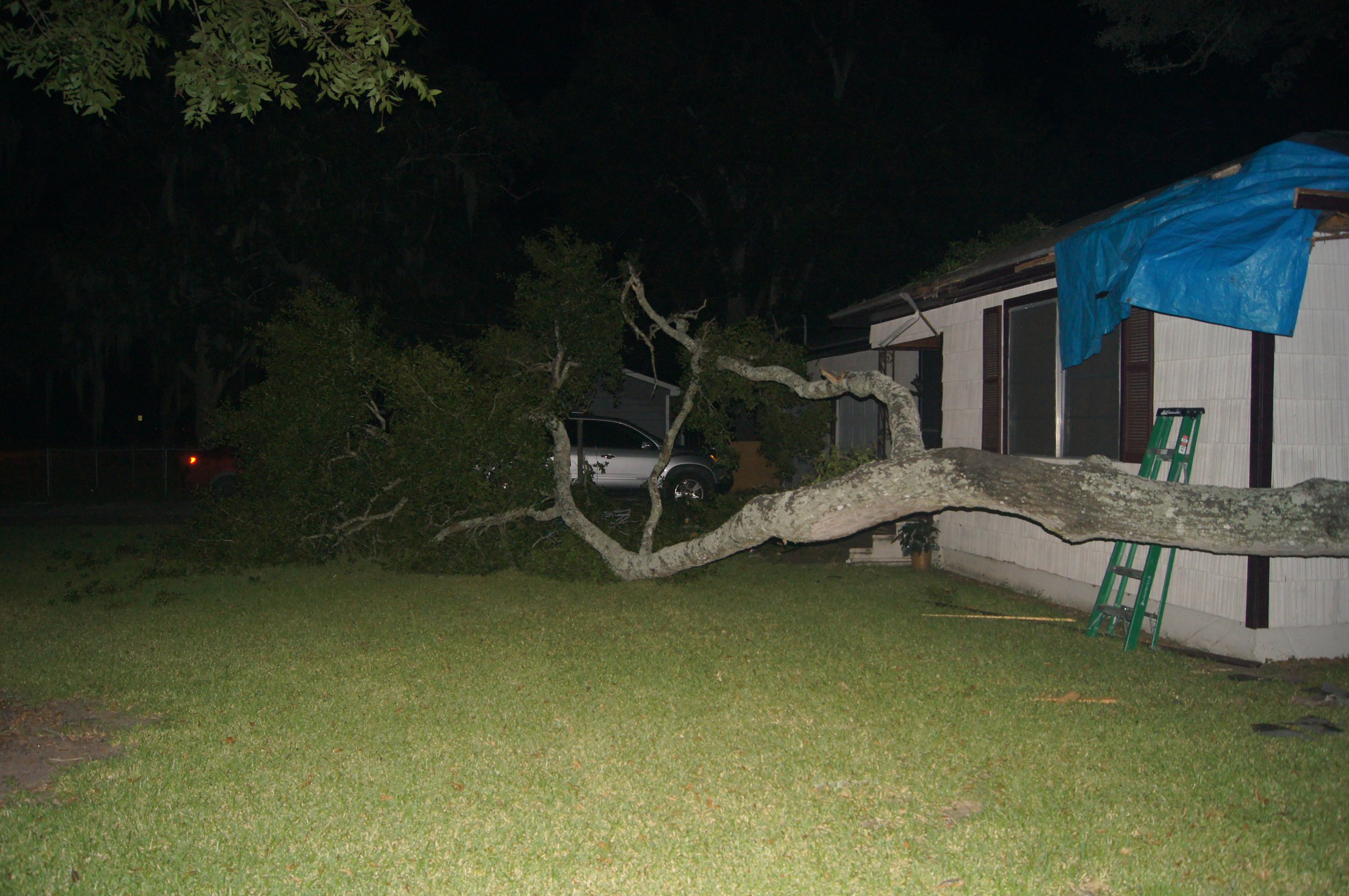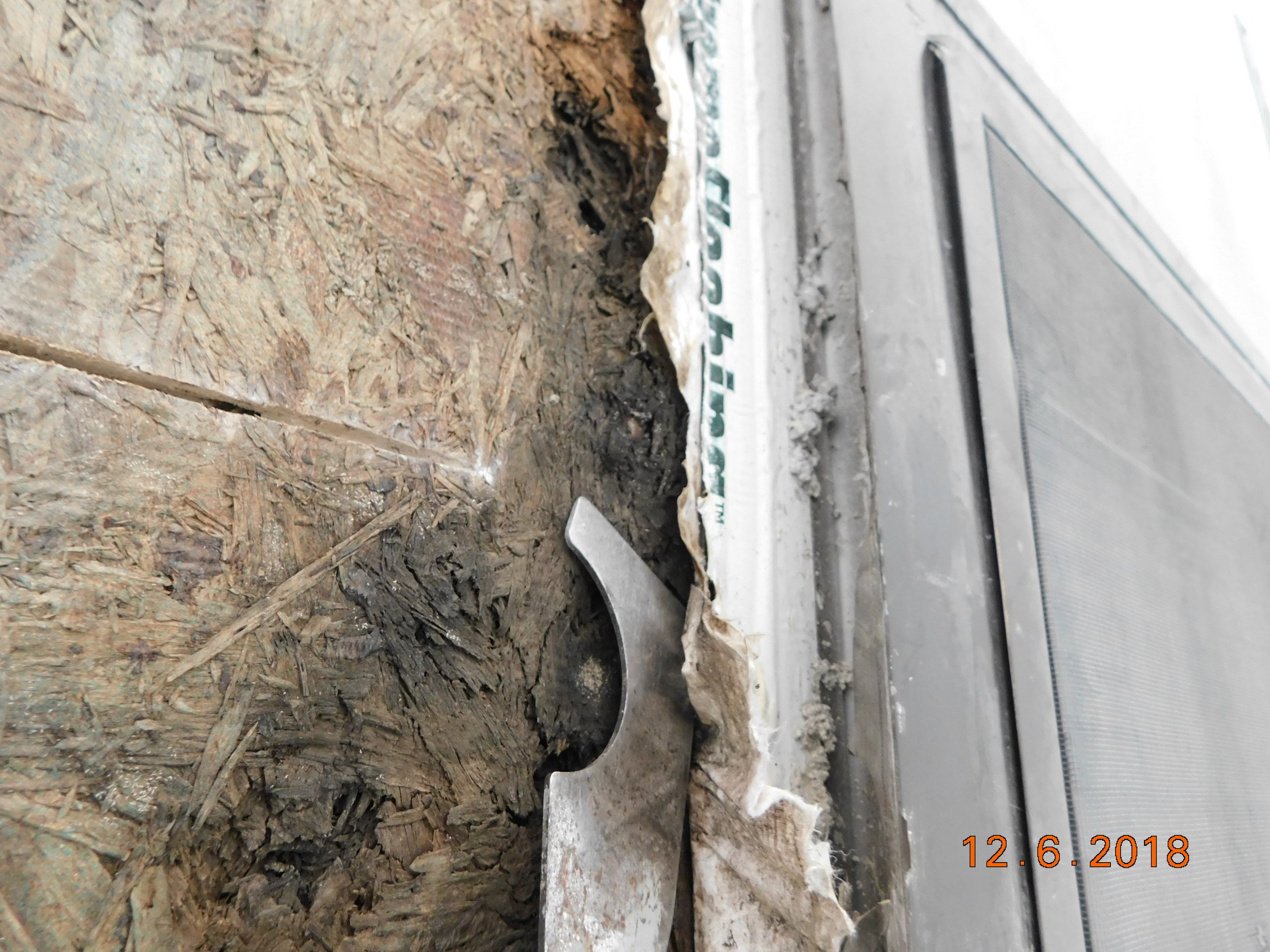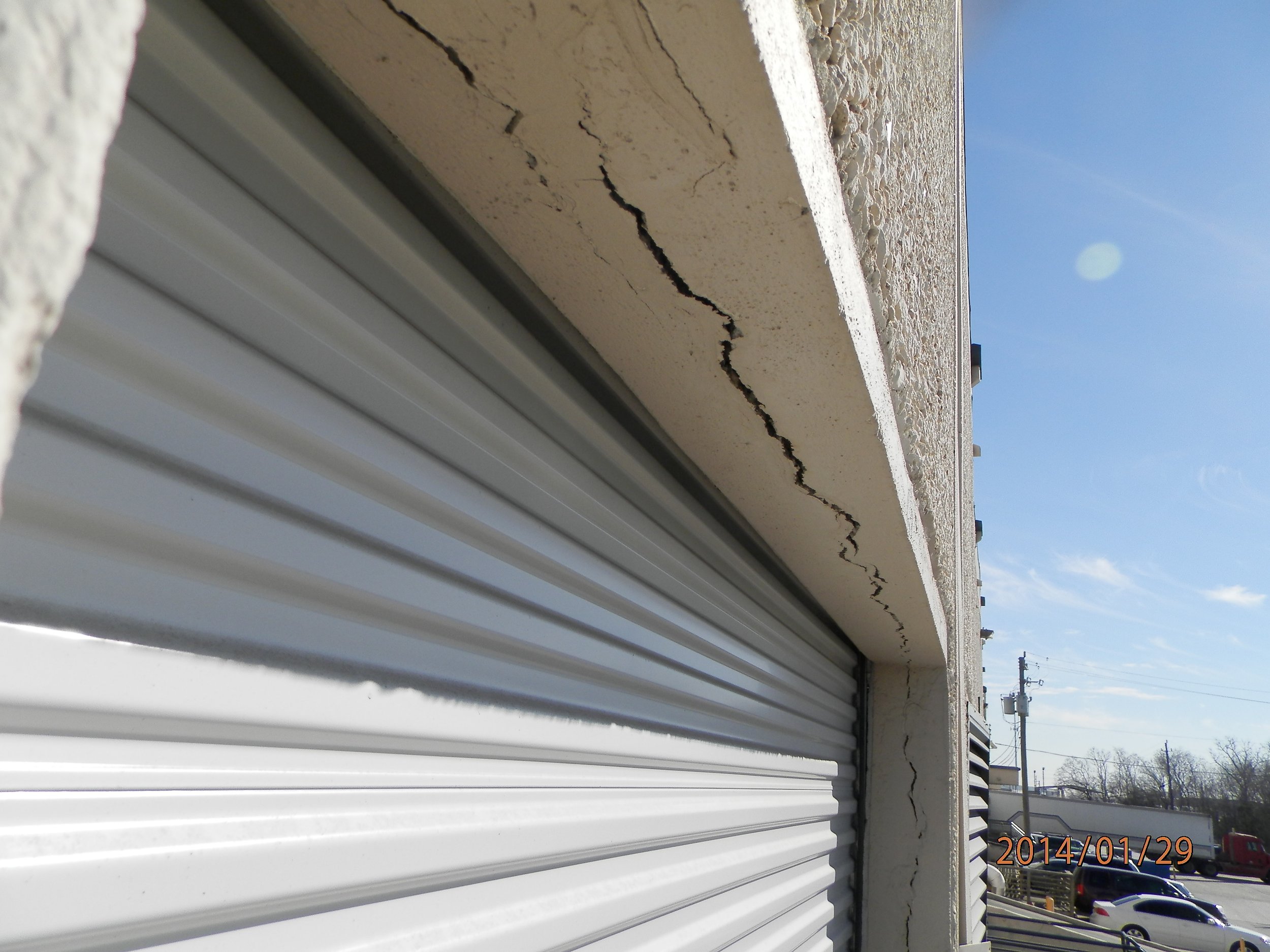Cause and Origin — Property Damage
-

Wind and Hail
We specialize in investigating the causes of damage to roofs and walls, assessing their correlation with the effects of wind and hail. Our expertise enables us to distinguish between pre-existing damage and other factors, including natural weathering, aging, manufacturing defects, mechanical damage, and synthetic/simulated damages.
Furthermore, we offer professional opinions on the repairability of confirmed damages, in accordance with industry standards and guidelines. In cases of high-stakes disputed losses, we also facilitate material testing.
-

Water Intrusion
We possess the expertise to pinpoint the source of water intrusion in building structures. Additionally, we are equipped to assess and quantify the extent of moisture-related damage caused by various factors, including water leaks, wind-driven rain, flooding, storm-induced openings, and pre-existing damage from issues such as condensation, moisture migration, other prolonged slow water leaks from existing openings, or deficiencies in roofing and wall assemblies.
Our services extend to providing comprehensive repair recommendations.
-

Building Collapse
A building collapse represents the ultimate structural failure, typically occurring when the integrity of a structure's lateral or gravity support system is severely compromised. These failures can result from catastrophic events such as earthquakes, fires, explosions, significant impacts, hurricanes, tornadoes, heavy flooding, and more. Additionally, they can manifest gradually due to a progressive loss of member strength caused by material deterioration, progressive deformation, or the loss of bracing.
Structures in the construction phase are particularly susceptible to instability because they often lack a complete lateral system, and their designs are exclusively intended for in-service conditions.
At our firm, we approach collapse investigations through a systematic process that includes preserving the collapse site, meticulously documenting physical evidence, conducting structural analyses, and conducting a thorough examination of the triggering event.
-

Foundation Movement
Foundation systems constructed in expansive soils are vulnerable to post-construction movement, especially when the soil is exposed to fluctuations in moisture content, leading to shrinkage or swelling. Various factors can influence soil moisture content, including site drainage conditions, plumbing leaks, changes in surface coverage, desiccation from mature vegetation, and more.
Furthermore, foundation movement can occur when applied loads exceed the bearing capacities. Footings and piles must be designed and constructed in strict adherence to geotechnical parameters established through thorough soil investigations.
With decades of experience, our team specializes in evaluating both commercial and residential foundation systems. We assess the locations and patterns of movement and identify the underlying causes. For large buildings, we employ modern technologies to chronologically capture movement conditions over extended periods, meticulously documenting the building's movement history while ensuring its safety for occupancy.
-

Retaining Wall Failure
We have conducted thorough investigations into the failures of retaining walls constructed using various materials, including reinforced concrete, CMU (Concrete Masonry Units), sheet piles, proprietary concrete barriers, mechanically stabilized sandbags, precast wing wall panels, and tie-back panels. These failures encompassed a range of issues, such as wall leaning, cracks in backfilled soil, disengaged concrete blocks, overturned footings, and separation between walls and footings.
Retaining wall failures are often associated with potential damage to nearby structures. Our experienced team is proficient in swiftly identifying the root causes of retaining wall movement. In addition, we assess the original design capacity, approximate residual capacity, and report any defects, deterioration, anomalies in lateral or surcharge loads, along with their quantitative contributions to the failure.
-
Roof Collapse
Roof collapses often occur due to excessive roof live loads, which may include substantial snow loads or heavy rainfall. Rainfall-induced collapses are typically the result of clogged internal and overflow drains, leading to excessive water ponding.
Our investigations encompass various causes, such as precipitation, the stacking of roofing materials, water ponding, or tornado winds. Beyond loading concerns, issues such as the deterioration of rafters or roof trusses, inadequate blocking, and bracing can render roof framing vulnerable to collapses even under modest loading conditions.
In our comprehensive roof evaluations, we utilize reliable weather records to establish probable roof loads in relation to design parameters and assess structural deficiencies. We rely on field evidence to pinpoint the collapse's origin and zone. Contributing factors are categorized as primary or secondary causes of the roof collapse in our reports.
-
Building Envelope
Our experienced team has conducted evaluations on numerous building curtain walls in response to reported water infiltration issues. We assist clients in determining the source of water infiltration and evaluating the underlying causes, which may include wind-driven rains, flashing deficiencies, or defects in the installation of fenestrations. Our investigations adhere to industry standards such as AAMA 511 and ASTM E1105 & E2128 guidelines. We also collect wind gust data during our investigations to calculate probable wind pressures and assess the water resistance capacity or deficiencies in the as-built curtain wall systems.
-
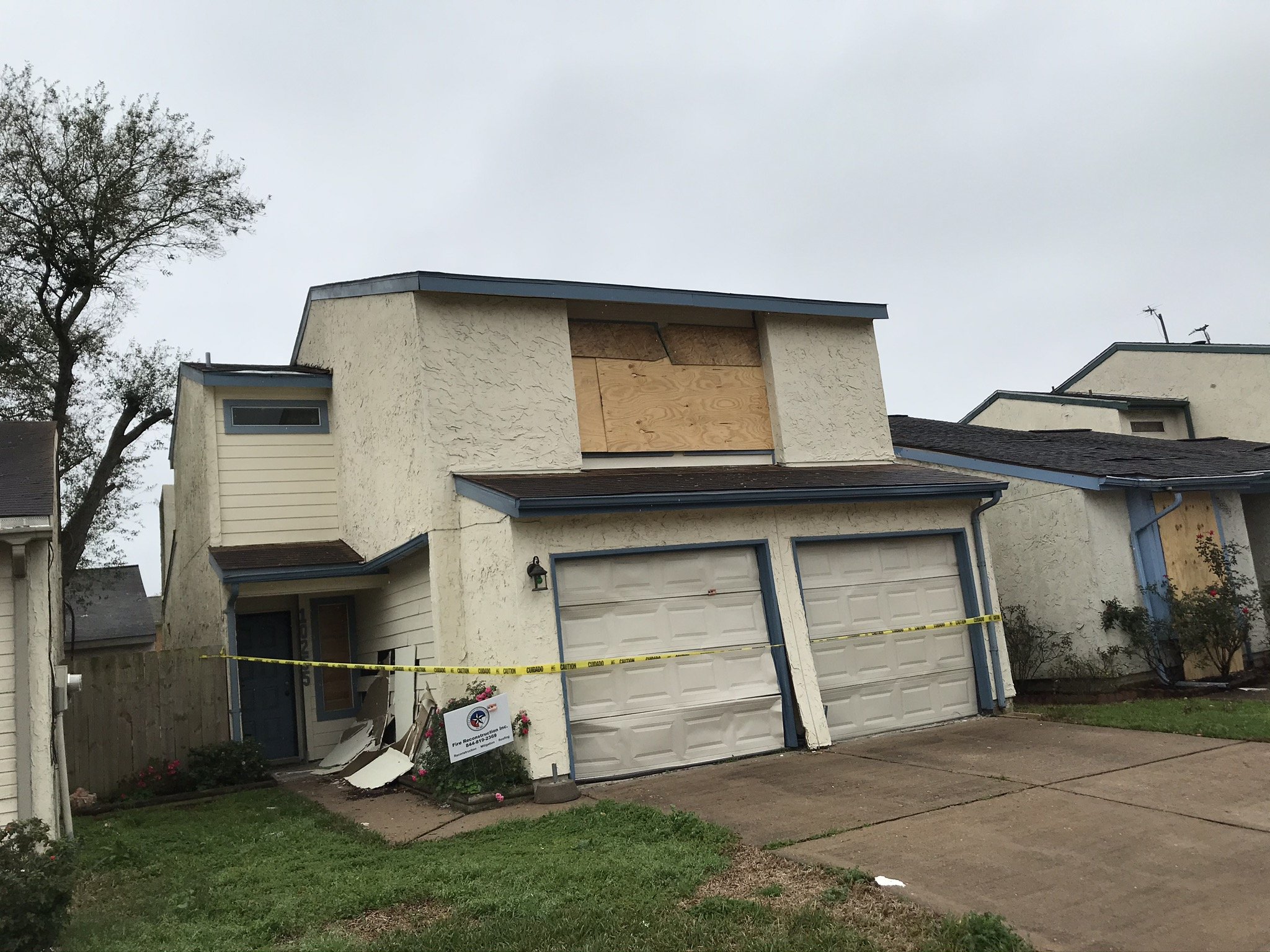
Explosion Damage
Our team has conducted evaluations on numerous buildings affected by events such as the Watson Grinding explosion in 2020 and the 2019 Port Neches chemical plant explosion. Our assessments cover damage caused by air blasts and ground shocks. Our expertise lies in distinguishing between existing conditions and damages resulting from the explosions, as well as identifying existing conditions that may have been exacerbated by the explosions.
-

Construction Vibration
Our team has conducted evaluations on numerous buildings where reported vibration damage resulted from nearby construction activities, including the operation of heavy construction equipment, blasting, or pile driving. Our assessments involve both theoretical assessments of Peak Particle Velocity (PPV) for transient events like blasts and steady-state sources such as soil compaction, as well as onsite damage examinations. Our scientific findings establish the connections between reported damage and the vibrations, verifying their validity.
-
Vehicle & Tree Impact
Our experienced team has evaluated numerous structures affected by vehicle collisions or fallen trees. Beyond identifying the extent of impact damage, we specialize in distinguishing existing conditions from the damages caused by the impact. Our evaluation services also encompass assessing the repairability of impacted framing and structural integrity. In cases of severe impact, we have investigated reported foundation movement and its relationship with the impact forces.
-

Fire Damage
Evaluating fire-damaged structures often involves assessing all building components, from the roof to the concrete floor. In severe cases, the damage may constitute Substantial Structural Damage (SSD), which may trigger additional restoration and permitting requirements in local jurisdictions. Time sensitivity is a common factor in fire damage assessments.
Our team utilizes drone inspections and high-precision 3D LiDAR scans in large losses to capture the extent of fire damage. We also rely on hands-on examinations, including sounding tests and measurement of charring thickness, to determine the actual damage to structural elements and assess residual capacity. This data is crucial in determining whether an upgrade is required to meet governing building codes and ordinances.
-

Flood Damage
Our flood damage investigations involve the collection of quantitative data to accurately define the scope of flood damage. This data includes FEMA FIRP zoning information, site elevation data, depth of floodwater determined from aerial imagery or flood debris lines, as well as our own relative elevation surveys. Additionally, we conduct moisture surveys to identify secondary impacts indirectly affected by the floodwater.
Our expertise lies in differentiating between existing conditions and flood damage, as well as identifying existing deficiencies as additional contributing factors to the reported damages. Examples include floor buckling, tile debonding, and more.
-
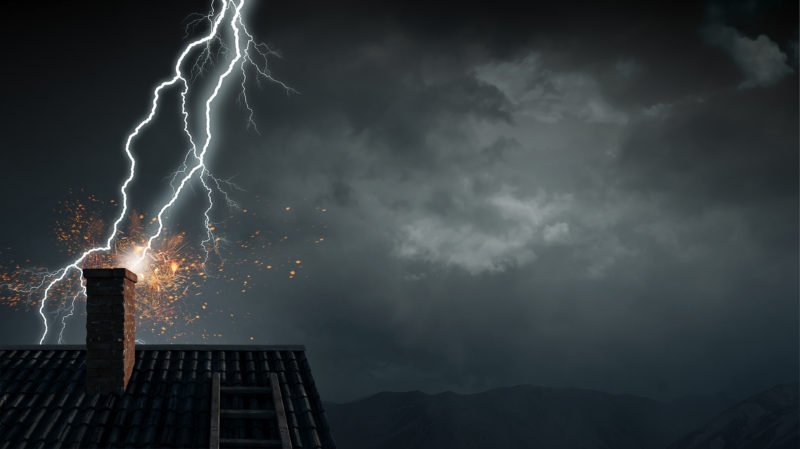
Lightning Damage
We confirm the occurrence of lightning damage by evaluating physical evidence and lightning strike records. Additionally, we assess the extent of lightning damage and distinguish it from pre-existing conditions.
(The image shown is from public source for illustration purposes)
-

Frozen Pipe (Winter Storm)
Our team has conducted evaluations on numerous buildings affected by the 2021 Winter Storms in Texas. Our assessments encompass a range of damages, including membrane roofing, roof and wall insulations, interior water damage, flooding, roof collapses, and foundation movement. Our expertise lies in verifying the validity of the freeze impact and distinguishing between freeze damage and existing conditions.
-

Chimney Fire
Chimney fires often leave behind distinct damage signatures within the flue. Additionally, chimney fires are often associated with an audible indicator. However, in regions prone to freeze and thaw cycles, natural thermal cracks in clay flue liners may be mistaken for chimney fire damage. To confirm the occurrence of a chimney fire, we assess the flue damage pattern provided a chimney sweep report and witness accounts, our own borescope inspection is required.
-
EIFS & Stucco
Cracking, bulging, and delaminations are common forms of distress associated with stucco/EIFS construction in the Gulf area. Our investigative approach encompasses visual inspections, moisture probing, infrared photography, and even destructive testing. We systematically determine the cause of reported damage, whether it be defective WRB, flashing, excessive nailing in restricted zones, or deficient weepage devices. Our extensive experience in stucco damage assessment has greatly assisted our clients in achieving favorable dispute resolutions.
-

Concrete Cracks and Repair
Cracking is an inherent characteristic of concrete, known for its durability but also its brittleness. Concrete cracks can result from various causes, including shrinkage, stress, deterioration, freeze-thaw cycles, material defects, and more. Additionally, factors such as building movements, vibrations, impacts, and exposure to corrosive environments can influence the long-term performance of concrete.
Our experts have years of experience in evaluating and repairing concrete damage, whether it involves structural concrete, slab-on-grade, retaining walls, topping slabs, tilt-wall panels, or polymer concrete.
-

Precast Parking Garage
Damage to garage structures is often caused by fire, vehicle impacts, and natural deterioration. Our expertise includes evaluating damage to barrier walls, double-Ts, making repairs to damaged PT-tendons, and providing shoring recommendations as part of an emergency response plan. These measures have enabled our clients to swiftly restore garage operations and minimize the impact of localized structural damages.
Furthermore, our comprehensive structural condition assessments have assisted property owners in extending the service life and preserving the market value of aging steel and concrete garage buildings.
-
Tilt-up Warehouse
Tile-up warehouse buildings are frequently exposed to harsh service environments, leading to various types of damage. Interior damage often results from forklift impacts, loading truck incidents, slab heaving or settlement, and slab cracks. Exterior damage may occur due to impacts, thermal exposure (sun camber), loss of aggregates, panel misalignment, rebar corrosion, concrete spalling, and in some cases, roof collapses due to overloading.
With years of experience, we assist clients, including property owners, management companies, and insurance carriers, in identifying the causes of damage and providing effective restoration solutions.
-

Slab on Grade
Building codes provide comprehensive design and construction tolerance criteria for concrete slab-on-grade systems. Unlike elevated concrete elements, slab-on-grade systems are often exposed to soil consolidation and expansion effects. To ensure proper functionality, the installation of control joints and isolation block-outs is necessary to prevent excessive cracking. Proper chairing of slab reinforcement can effectively resist slab offsets along significant cracks.
With extensive experience, we have investigated hundreds of slab-on-grade systems to determine the causes of slab cracks and movements.
-
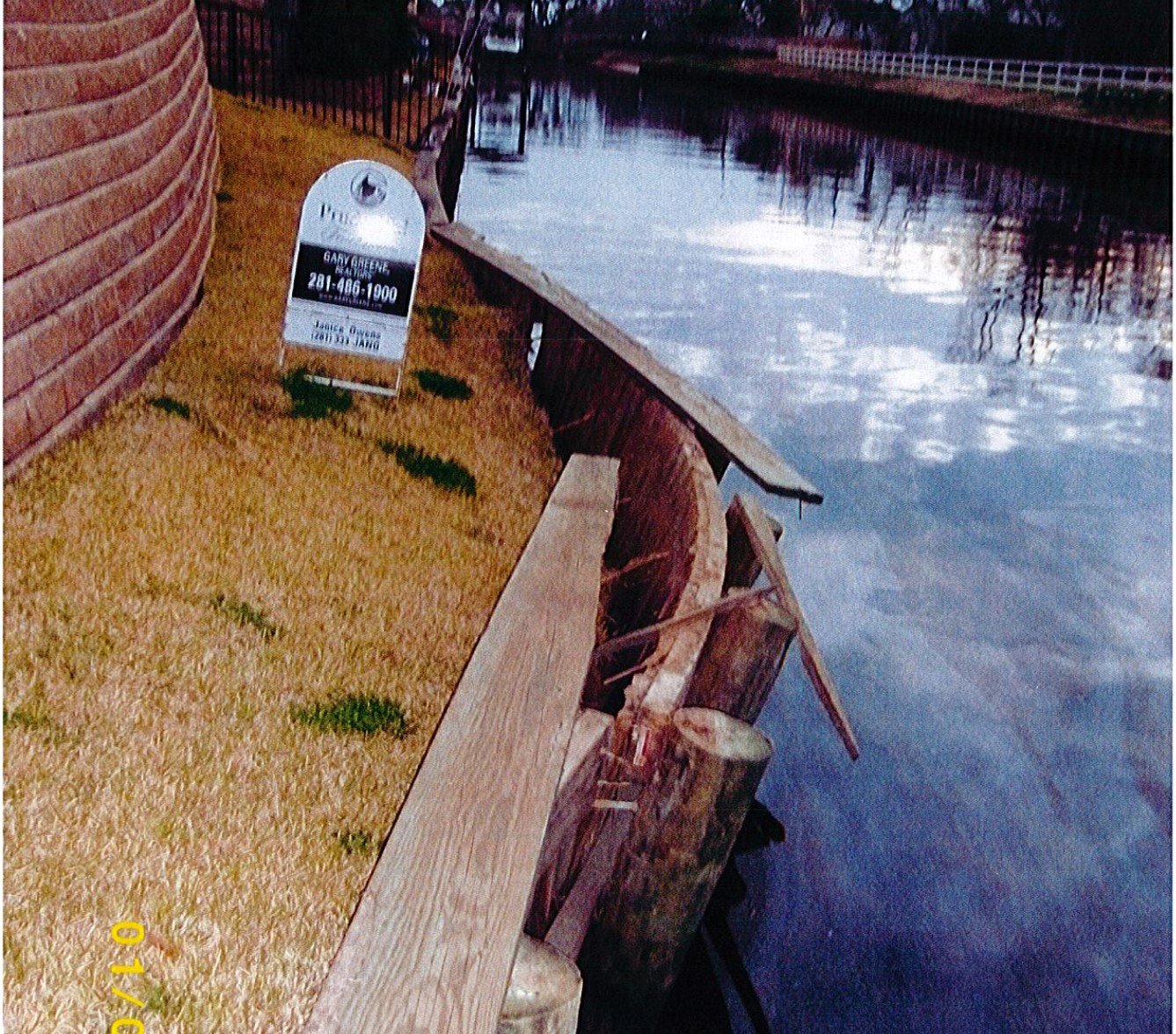
Bulkhead & Seawall
We have assisted property owners in investigating bulkhead collapses into canals. Through a comprehensive evaluation of the design, construction, and fractured deadman anchorage patterns, we identified the primary factors contributing to the failure. Our expertise has enabled litigation attorneys to achieve favorable outcomes through mediation, recovering losses caused by the damage.
Additionally, we have evaluated TXDOT seawall and bulkhead stabilities for flood management companies as part of hurricane prevention efforts following Hurricane Ike.

